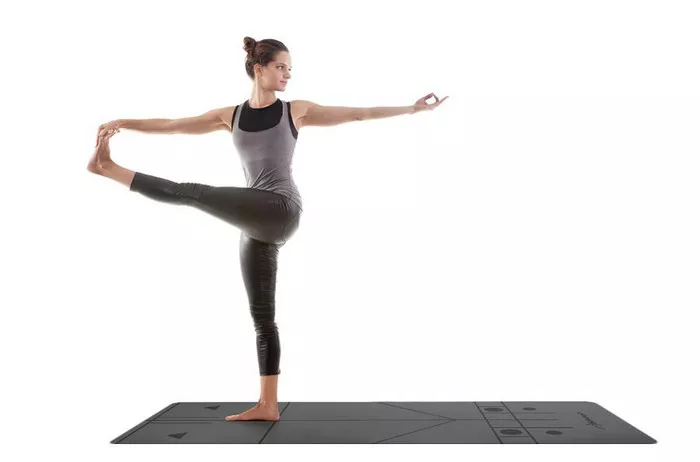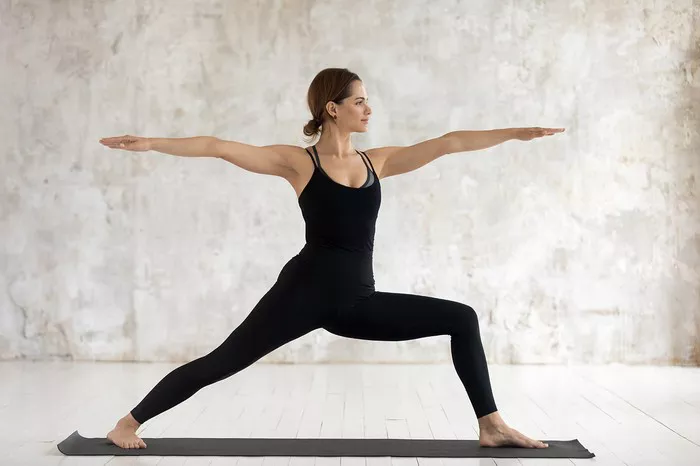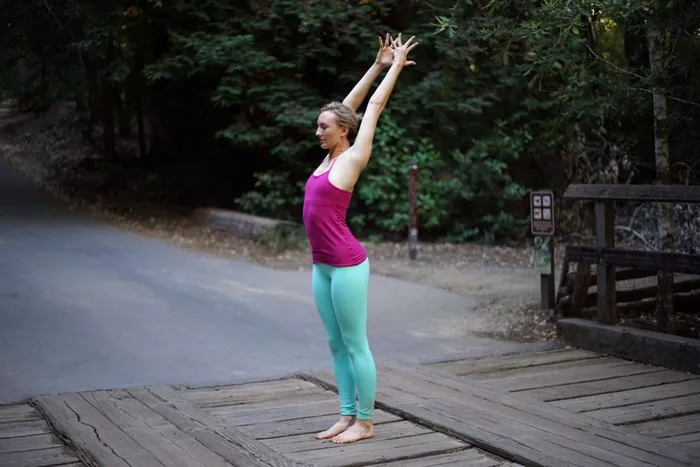Yoga has long been revered for its multitude of benefits, encompassing physical, mental, and spiritual well-being. As its popularity continues to soar globally, various forms and adaptations have emerged to suit different preferences and goals. Among these adaptations, Power Yoga stands out as a dynamic and vigorous practice, distinct from traditional Yoga in several key aspects. In this article, we delve into the nuanced disparities between Yoga and Power Yoga, analyzing their differences in intensity, focus, structure, and ultimate goals.
1. Intensity
One of the most striking disparities between Yoga and Power Yoga lies in their respective intensities. Traditional Yoga, rooted in ancient Indian philosophy, emphasizes gentle movements, breath work, and mindfulness. Its pace is typically slow and deliberate, allowing practitioners to delve deep into each posture while cultivating a sense of inner calmness and tranquility.
On the other hand, Power Yoga injects a burst of energy into the practice, elevating the intensity significantly. Drawing inspiration from Ashtanga Yoga, Power Yoga sequences are fast-paced and dynamic, featuring a continuous flow of postures linked with synchronized breathing. This heightened tempo not only challenges the body’s strength, flexibility, and endurance but also stimulates cardiovascular activity, making Power Yoga a potent calorie-burning workout.
2. Focus
Another differentiating factor between Yoga and Power Yoga lies in their focal points during practice. Traditional Yoga places a strong emphasis on alignment, breath awareness, and mindfulness. Each posture, or asana, is meticulously executed with attention to detail, allowing practitioners to explore the mind-body connection and cultivate a sense of inner awareness.
Conversely, Power Yoga prioritizes physicality and athleticism, often sacrificing the meditative elements found in traditional Yoga. While alignment and breath are still integral components, they may take a back seat to the fluidity and momentum of the practice. Power Yoga sessions are geared towards building strength, improving flexibility, and fostering a sense of empowerment through challenging sequences and dynamic movements.
3. Structure
The structural differences between Yoga and Power Yoga further distinguish the two practices. Traditional Yoga sessions typically follow a structured format, beginning with centering and breath awareness, followed by a series of asanas arranged to target different areas of the body. Classes often conclude with relaxation and meditation, allowing practitioners to integrate the physical and mental benefits of the practice.
In contrast, Power Yoga classes adopt a more fluid and spontaneous approach to sequencing. While certain foundational postures may be incorporated, the sequence may vary depending on the instructor’s style and preferences. Power Yoga sessions are characterized by their adaptability and creativity, often featuring dynamic transitions and challenging combinations designed to elevate heart rate and engage multiple muscle groups simultaneously.
4. Goal
Ultimately, the overarching goals of Yoga and Power Yoga diverge, reflecting their unique approaches and philosophies. Traditional Yoga seeks to cultivate holistic well-being, encompassing physical health, mental clarity, emotional balance, and spiritual growth. Through consistent practice, yogis aim to achieve a state of union between body, mind, and spirit, fostering inner harmony and self-awareness.
In contrast, Power Yoga primarily targets physical fitness and performance enhancement. While practitioners may still experience mental and emotional benefits, such as stress relief and improved focus, the primary focus remains on building strength, increasing flexibility, and enhancing overall athletic performance. Power Yoga serves as a potent tool for individuals seeking a challenging workout that not only transforms the body but also boosts confidence and resilience.
Conclusion
In conclusion, while Yoga and Power Yoga share common roots, they diverge significantly in terms of intensity, focus, structure, and goals. Traditional Yoga emphasizes mindful movement, breath awareness, and holistic well-being, while Power Yoga prioritizes physical fitness, dynamic sequences, and performance enhancement. Ultimately, the choice between Yoga and Power Yoga depends on individual preferences, goals, and intentions, with both practices offering unique pathways to health, vitality, and self-discovery.
FAQs:
Who is power yoga ideal for?
Power yoga is ideal for those seeking a dynamic and challenging workout that combines strength, flexibility, and cardio. It’s particularly suitable for individuals who enjoy high-intensity activities and want to enhance their overall fitness levels.
Is power yoga enough exercise?
Power yoga can be a significant component of a well-rounded fitness routine, but whether it’s enough exercise depends on individual fitness goals and preferences. While it offers benefits like improved strength, flexibility, and stress relief, complementing it with other forms of exercise may be necessary for a comprehensive fitness regimen.
Can I do power yoga everyday?
It’s generally safe to do power yoga every day, provided you listen to your body and practice proper form. However, incorporating rest days and varying intensity levels can help prevent overuse injuries and promote recovery.
Is power yoga the same as vinyasa?
While power yoga and vinyasa share similarities such as flowing movements and synchronization with breath, they’re not identical. Power yoga typically emphasizes strength and intensity, while vinyasa focuses more on fluid transitions between poses.
















